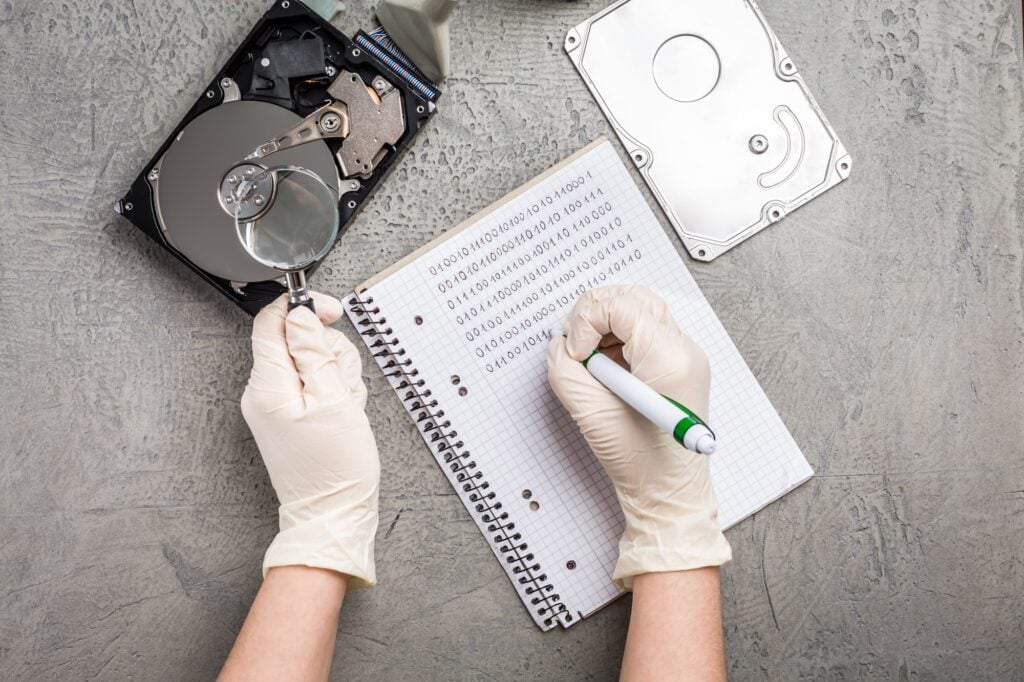Protecting Data Stored on Old Devices – Don’t Leave Information Behind

We’ve all had them—old phones, laptops, or tablets gathering dust in a drawer. Maybe they’re broken, outdated, or simply replaced by something newer. But what many people don’t realise is that these old devices can still hold a wealth of personal information—emails, contacts, bank details, photos, work files—just waiting to be accessed.
For Woodstock residents, where both physical theft and cybercrime are real concerns, it’s important to treat old devices with the same caution as the ones you use daily. Leaving them unsecured can put you—and others—at serious risk.
Why Old Devices are a Target
Cybercriminals know that many people discard or sell devices without properly erasing the data. Even if you “delete” files, they can often be recovered with simple tools. This makes old devices a goldmine for identity thieves.
Your old smartphone could still have:
- Stored passwords for apps and websites.
- Personal photos and videos.
- Copies of ID documents or payslips.
- Banking and payment details.
If that information falls into the wrong hands, it can be used for fraud, impersonation, or scams targeting your friends and family.
Steps to Secure Your Old Devices
- Back Up What You Need
Before wiping your device, transfer any important files, photos, or documents to a secure backup—either an external hard drive or encrypted cloud storage. - Log Out of All Accounts
Sign out of email, social media, banking apps, and any services linked to the device. On phones, remove the SIM card and any memory cards. - Factory Reset – and Go Further
Use the device’s factory reset option to erase data. On phones, this is usually under Settings > Reset. On computers, use the operating system’s reset or reinstall function.
For extra safety, overwrite the storage by filling it with random data and deleting it again—this makes recovery much harder. - Encrypt Before Disposal
Encrypting your device before erasing it adds another layer of protection. Even if someone tries to recover deleted files, they’ll be unreadable without your password. - Physically Destroy Drives (When Necessary)
If the device is too old to sell or donate and you want total peace of mind, remove the hard drive or storage chip and physically destroy it. For example, drill holes through it or smash it with a hammer.
What to Do with Old Devices After Wiping
- Donate – Many charities accept older but functional devices. Make sure they’re completely wiped first.
- Recycle – Use an e-waste recycling service to dispose of electronics safely. This protects the environment and ensures your data is gone.
Community Safety Reminder
Unsecured old devices can be a hidden link in a chain of scams. If criminals access your old contacts or accounts, they can target other members of the community. By taking the time to properly erase and dispose of old electronics, you’re not only protecting yourself—you’re helping to protect Woodstock as a whole.
Don’t let forgotten devices become a back door for cybercrime. Treat them as securely as the devices you use every day.






Responses